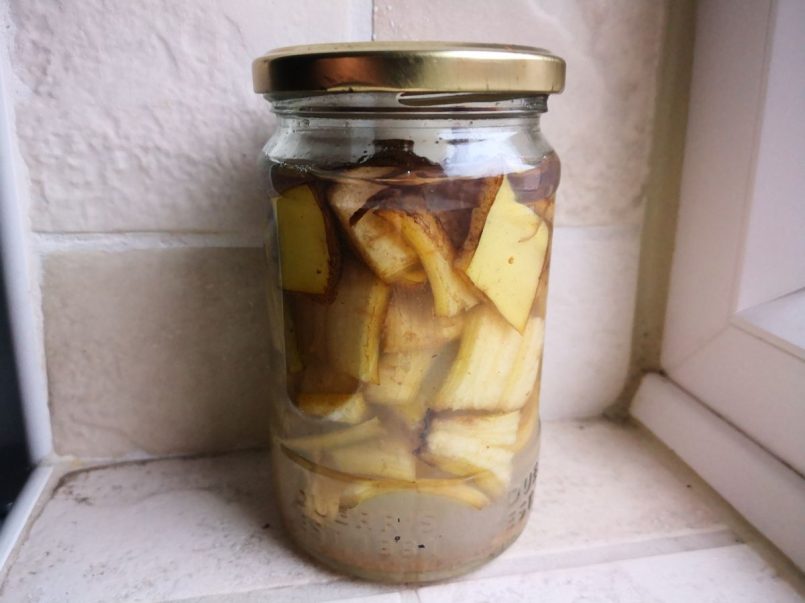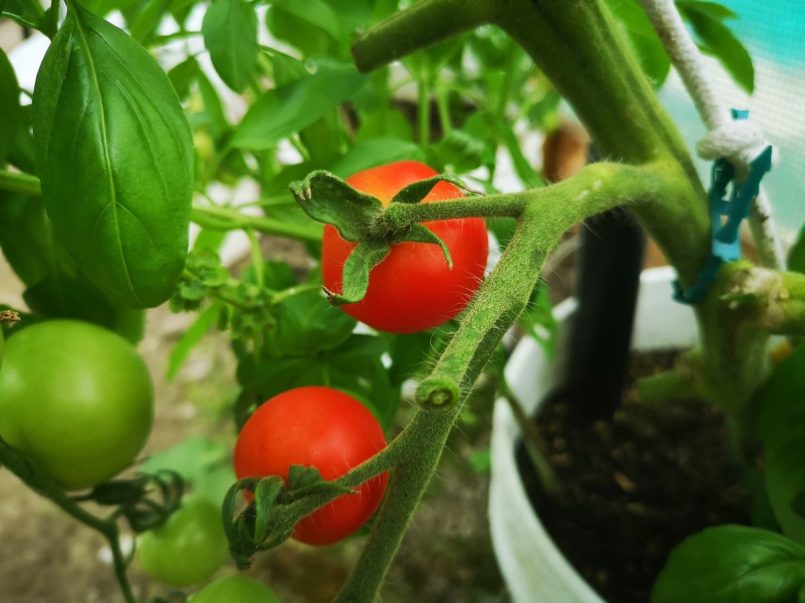French beans are delicious in stews, curries, salads, pasta dishes, risottos, stir fries and soups. They can be eaten raw, simmered and steamed. They are one of the easiest crops to grow and don’t require much space because they grow upwards. They are known as prolific growers, but you can easily freeze excess produce for consumption later in the year. It’s also easy to save seeds from the plants to grow next year, meaning you don’t have to keep buying new packets. Find out how to grow French beans the easy way.
Category - Grow Veg
Yacon is a low-maintenance perennial plant that produces large, edible underground tubers. They are grown and eaten widely in South America, although they are relatively unknown on other continents. This is surprising, because they tolerate most climates and are easy to grow. You only need to buy one plant initially and from then on, you can divide new shoots into more plants. The tubers can be used like water chestnuts, but can also be boiled down to a sweet syrup. A superfood, yacon contains prebiotics which are good for gut health and digestion, plus they provide a low-calorie sweetener. Find out how to grow yacon the easy way.
All plants need nitrogen, phosphorus and potassium in order to thrive. Root vegetables and fruiting vegetables especially need strong roots, which is when a potassium-rich banana comes in handy. Don’t throw away your banana skins, read on to find out how easily you can use banana skins to feed your plants.
There is nothing looks more splendid than a brand new 8ft by 12ft greenhouse with tomatoes, cucumbers and peppers growing inside. The problem we have found is that they are always in someone else’s garden! No seriously, we had great success for years growing in a greenhouse, and you can too. Just choose the right plants and create an environment in which they can grow healthily. Read on to find out what we did, together with the pros and cons of growing plants inside a greenhouse.
One problem with having a greenhouse or polytunnel is that you need to water the plants regularly. This can be awkward, especially when your garden is an allotment over a mile away, or you are away from home. This is where automatic watering systems can save you time. We have tried various watering systems with mixed results, from fabric wick systems to ring culture, from automatic irrigation to bucket wicks. Continue reading for an overview of the watering systems we have tried and tested in our greenhouse and polytunnel.
Everyone enjoys a sweet and shiny red tomato, but believe me, nothing tastes as good as homegrown fresh tomatoes; the many tasteless supermarket versions offer no contest. Vine tomatoes grow vertically, so can be planted in smaller gardens where space is limited. Trailing cherry tomatoes can be grown in hanging baskets. Delicious roasted, raw, puréed, grilled or fried, they form the basis of sauces and dishes that span continents and cultures. They grow best in a greenhouse or polytunnel, but you can get outdoor varieties. Read on to find out how easily you can grow tasty tomatoes of your own.
A fast-growing, low-maintenance plant, just snip your homegrown cucumbers off the vine and add them to salads or sandwiches. They grow best in a greenhouse or polytunnel, but there are also outdoor varieties. Provide them with lots of water and support as they climb, and they will reward you with an abundance of juicy cucumbers. You can also grate them into a homemade tzatziki dip, or even add them to cakes and buns. Cucumbers are delicious pickled in vinegar, allowing you to enjoy them well beyond their growing season.
The easiest way to start saving seeds is from self-pollinating fruiting vegetables that are being grown in the greenhouse or polytunnel, such as tomatoes, chilli peppers, aubergines and sweet peppers. Their seeds should last for a few years when stored correctly. Read on to find out how to save seeds from self-pollinating vegetables, so that the seeds you save will grow ‘true’ and you get the same healthy vegetables next year.
Saving seeds from your homegrown vegetables is fun, and worthwhile if you plan to grow them again. It’s cheaper than buying the seeds every year and, if you save seeds from your most successful plants, then their seeds should be more suited to your soil and climate conditions. When dried and stored correctly, saved homegrown seeds can last for years, but it’s not something to be left to chance. You want to save seeds that are healthy, strong and ‘true to type’. This means saving seeds from vegetables whose parent plants are of the same variety. Wind and insects can transport pollen randomly between similar flowers, but their seeds are not worth saving. Read on to discover the basic principles of saving seeds easily and safely.
The easiest way to start saving seeds is from fruiting vegetables grown in the greenhouse or polytunnel. Cucumbers are cross-pollinating plants, which means you need to hand-pollinate a few flowers in order to safely save their seeds. Read on to find out how to save seeds by hand pollination, so that the seeds you save will grow ‘true’ and you get the same healthy cucumbers next year.















